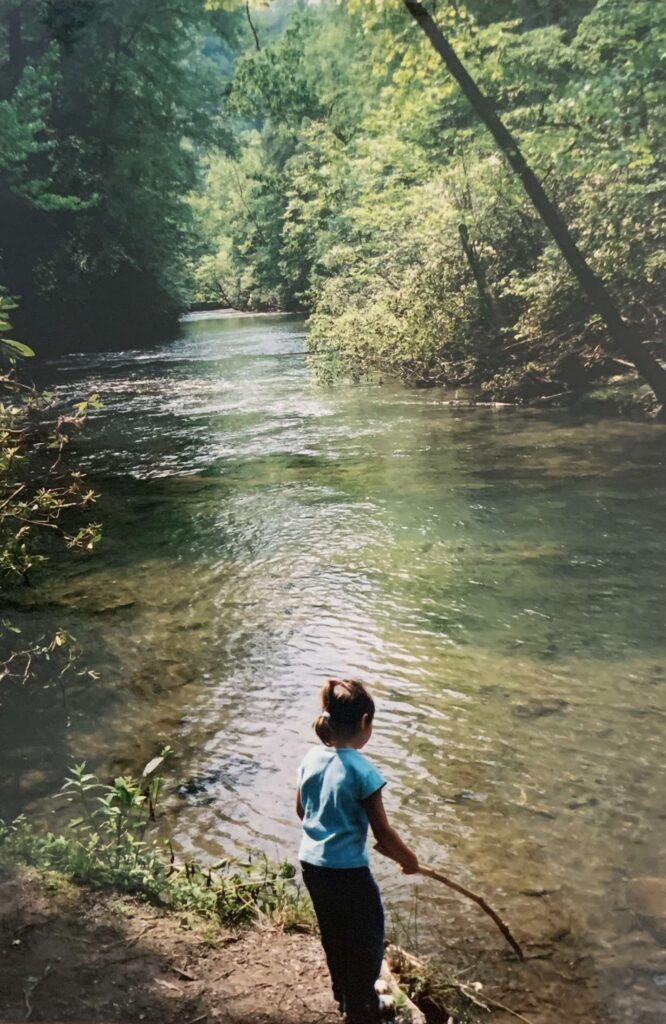
I grew up in the East TN hills. My earliest and most influential classrooms were the creeks and mountains around me, but there was always something about the ocean.
I received my B.S. in Marine Science and Biology from the University of Alabama at Tuscaloosa, where I graduated summa cum laude and was awarded top marine science student. Before attending UNC-CH, I worked mostly in freshwater systems like lakes, ponds, and rivers. I also did research in an animal behavior lab at UA. Check out the details below!
Research with Dr. Ryan Earley at UA
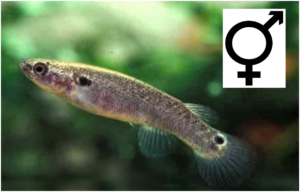
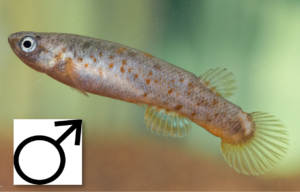
In this lab, I conducted research on a very interesting fish, the mangrove rivulus (Kryptolebias marmoratus). This fish is one of only two self-fertilizing hermaphroditic vertebrates in the world (the other being its sister species). This means that this fish is born with both male and female reproductive organs and can, thus, reproduce asexually by using its own sperm to fertilize its own eggs! Hermaphrodites, however, can spontaneously become males, but no females exist in populations and males cannot revert back. The chances to change sex depends on environmental stressors as well as lineage plasticity (i.e., different lineages change sex regularly while other lineages never change sex). Outcrossing can occur (i.e., males mate with hermaphrodites), but outcrossing rates can differ drastically across wild populations and has never occurred in a lab environment. The project I worked on focused on the factors that would make hermaphrodites want to mate with males, so we asked: Does hermaphrodite self-compatibility (proportion of fertilized vs. unfertilized eggs) vary with age and/or genotype-specific propensities to change sex?
Over the course of my undergraduate degree, I helped raise the fish, count and analyze eggs, and measured hatchlings from 100 genetically distinct lineages that varied in sexual plasticity. Hermaphrodite age also varied. We found that more sexually plastic hermaphrodites had lower fecundity but had no significant change in the proportion of fertilized eggs laid. In terms of hermaphrodite age, if we analyzed age on a continuous scale, then there was no effect on proportion of fertilized eggs; however, if age was grouped into 4 groups of 76 days each, then group 3 (middle aged hermaphrodites) proportion of unfertlized:fertilized eggs was significantly different than the other ages. Our conclusions were, thus, that higher outcrossing in certain wild populations may be due to the population age structure and that becoming a male might be a more viable mode of reproduction because it’s not dependent on a fish’s (in)ability to produce many fertilized eggs.
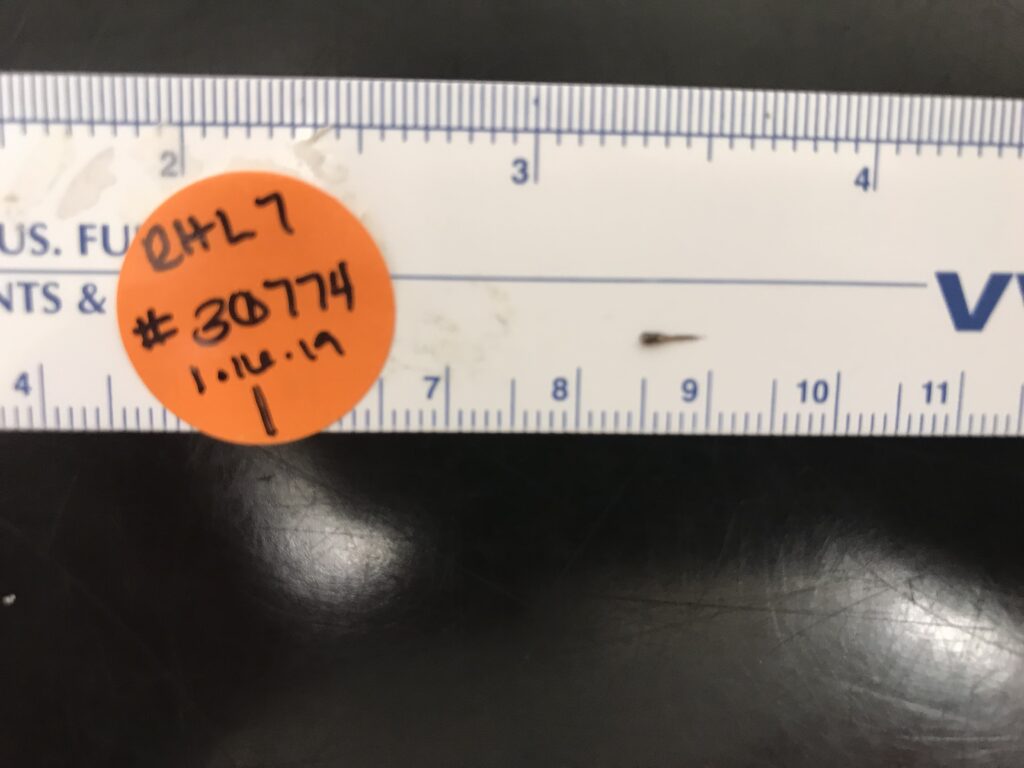
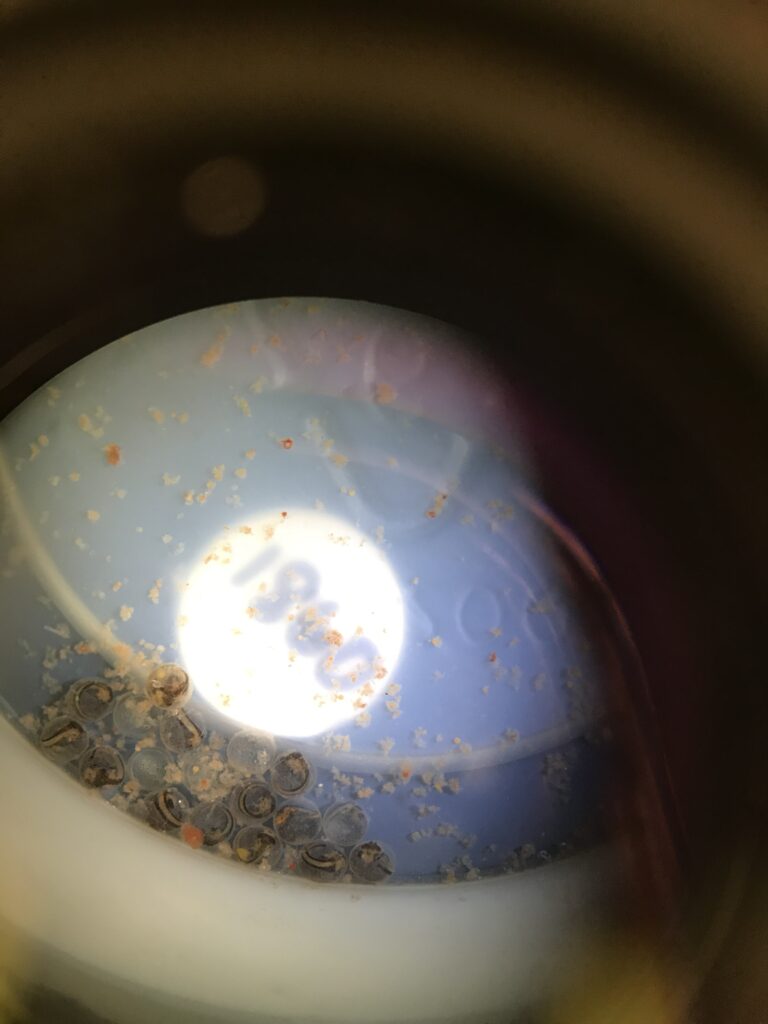
I presented this research at the Society of Integrative and Comparative Biology Conference and UA’s Undergraduate Research and Creative Activity Conference in 2020. The paper is currently in review.
Field Technician with Dr. Jennifer Howeth at UA
During my junior and senior years, I worked with a graduate student in Dr. Howeth’s freshwater ecology lab. The project focused on the upstream and downstream community composition effects of beaver dam removal. We worked at multiple beaver ponds in the Talladega National Forest in AL, where we analyzed environmental data and species abundance and composition across ponds and streams before and after dam removal.
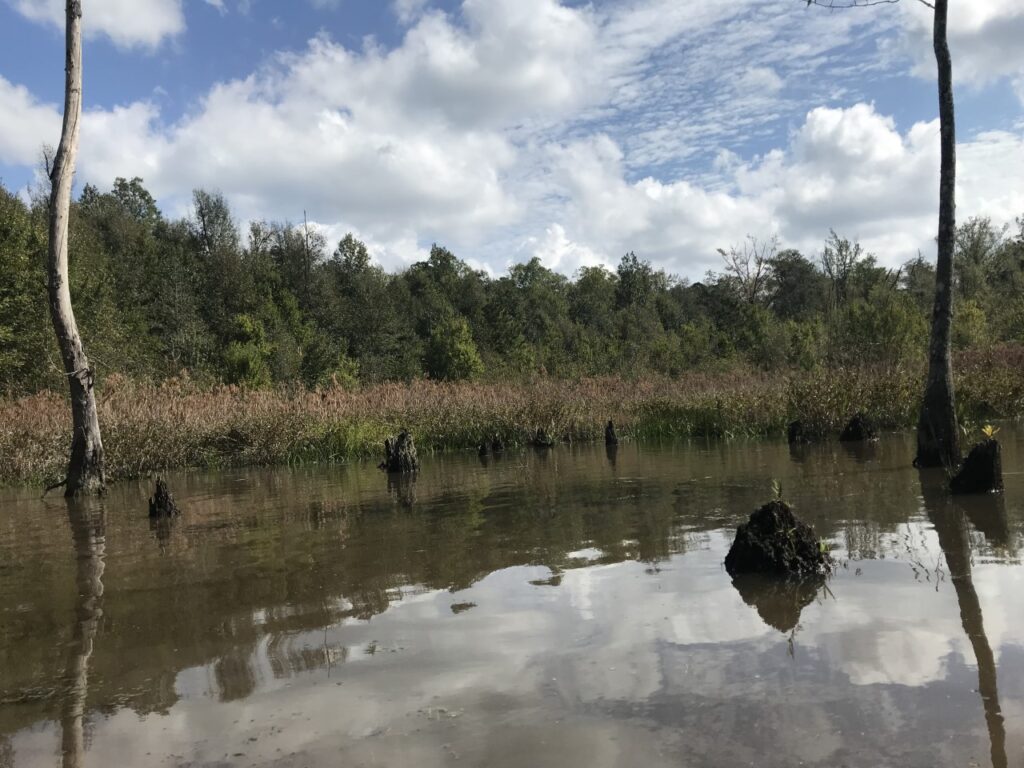
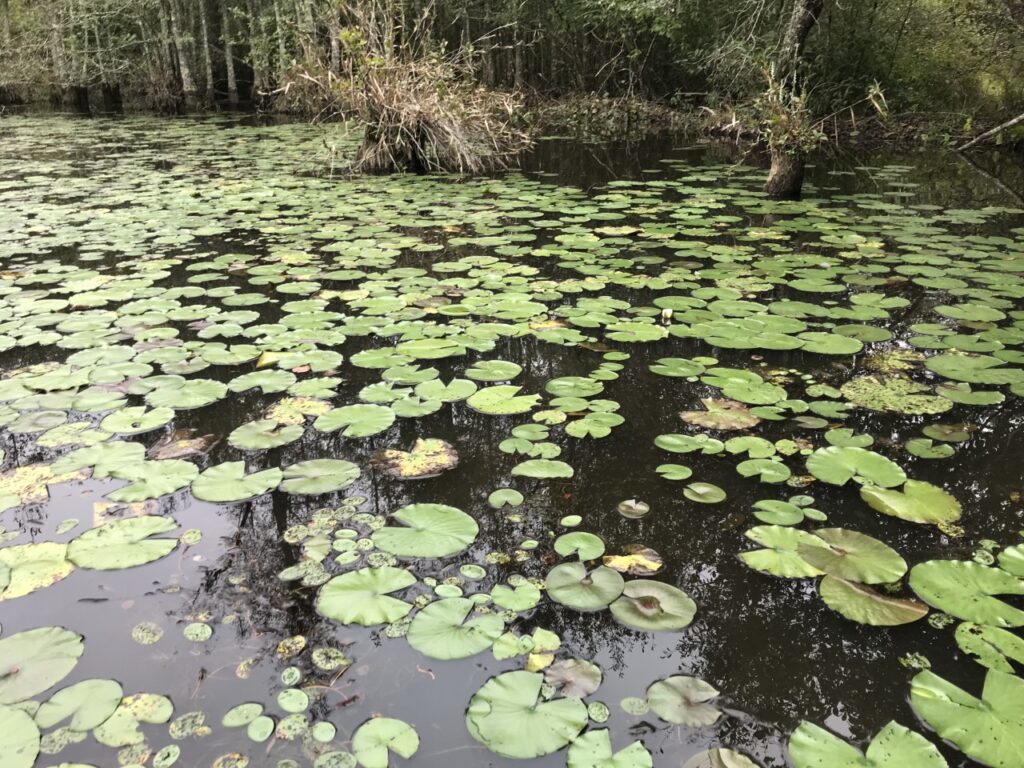
While working as a field tech, I learned a variety of field/surveying techniques and how to identify multiple freshwater taxa. Techniques included: backpack electroshocking (backpack that has probe that send electrical impulses into the water…this does not kill any of the animals! It only stuns them long enough for capture, identification, and immediate release), macroinvertebrate (e.g., crayfish) sweeps and identification, densitometer reading (estimates tree canopy cover), water column sampling, deploying and using meters/loggers, setting out minnow traps, and how to characterize pond and stream reaches.
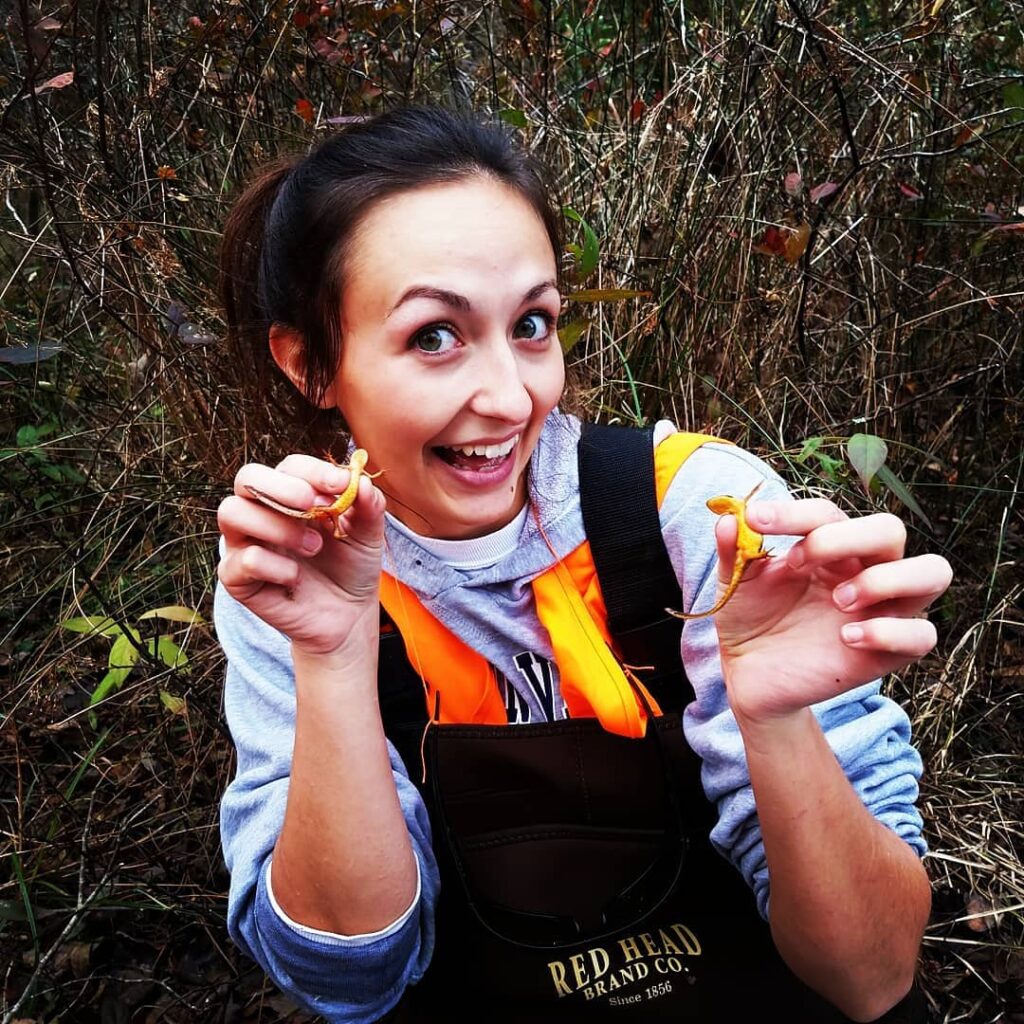
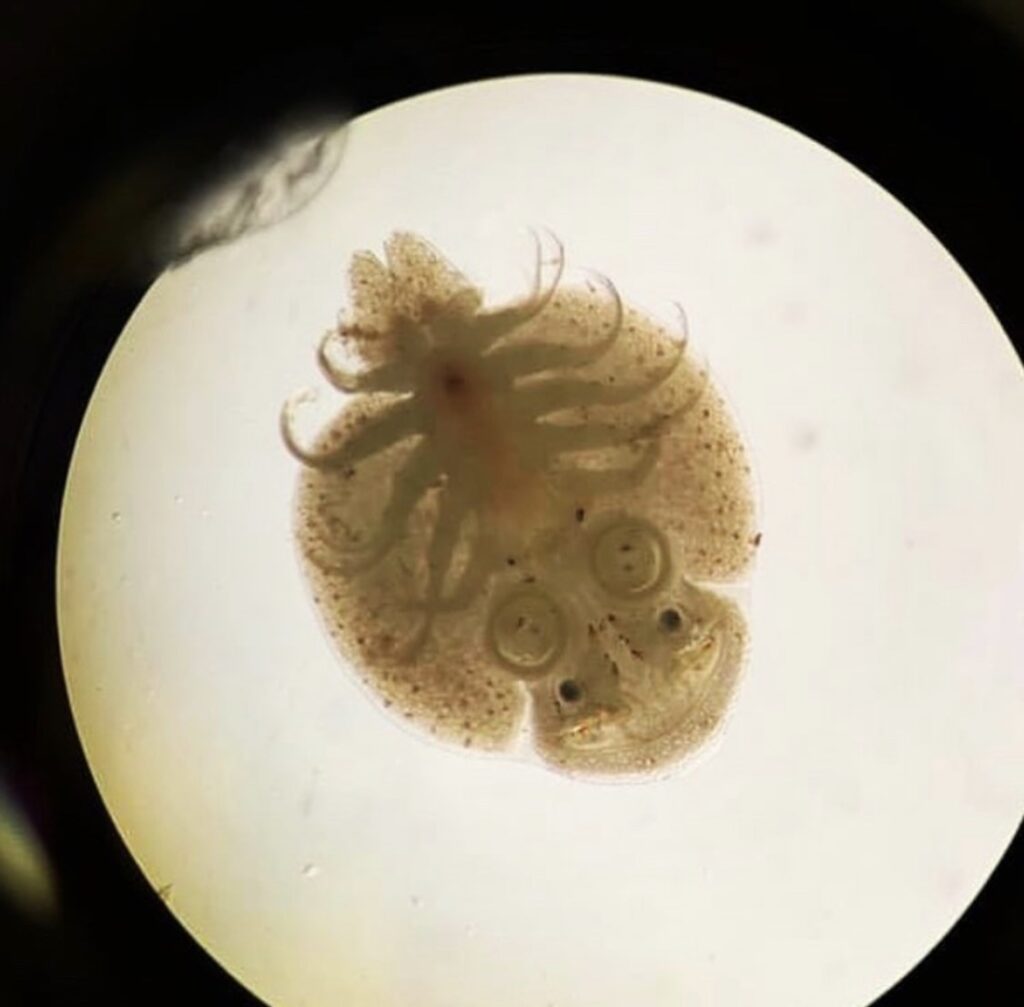
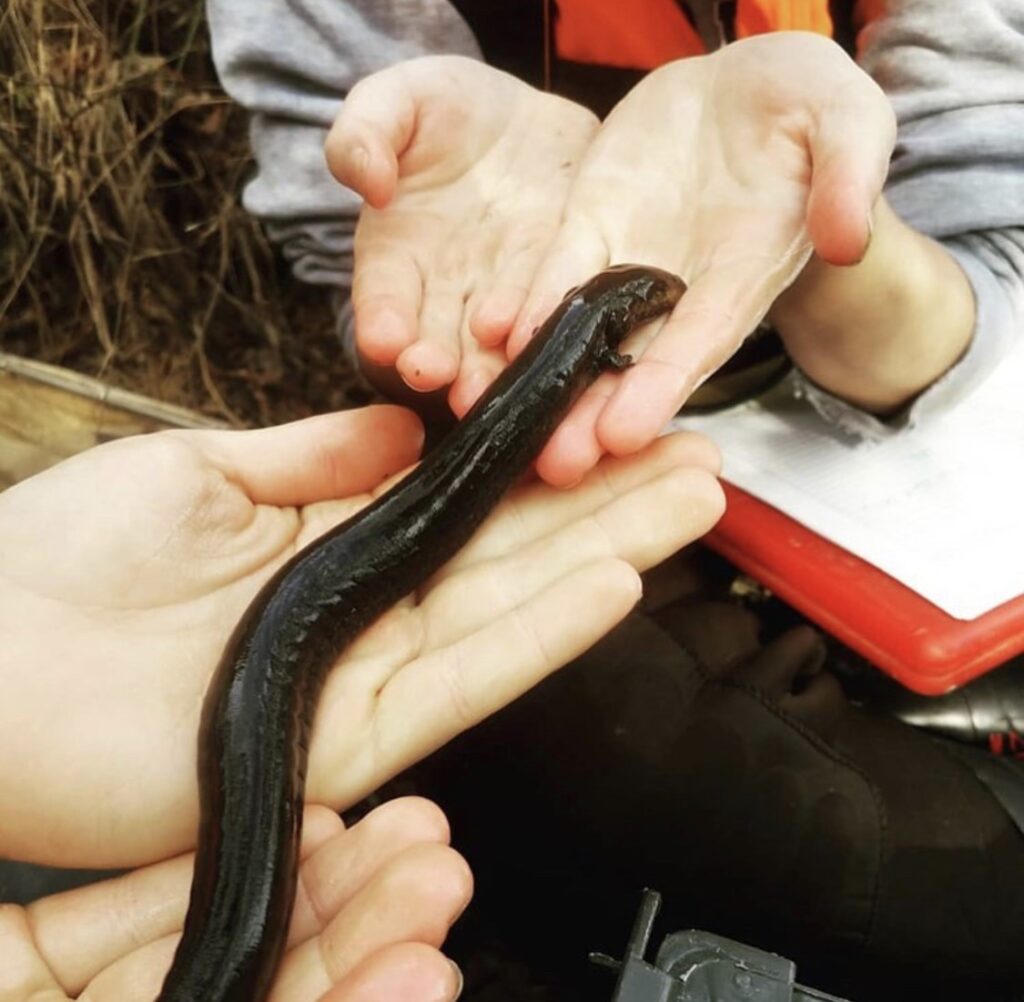
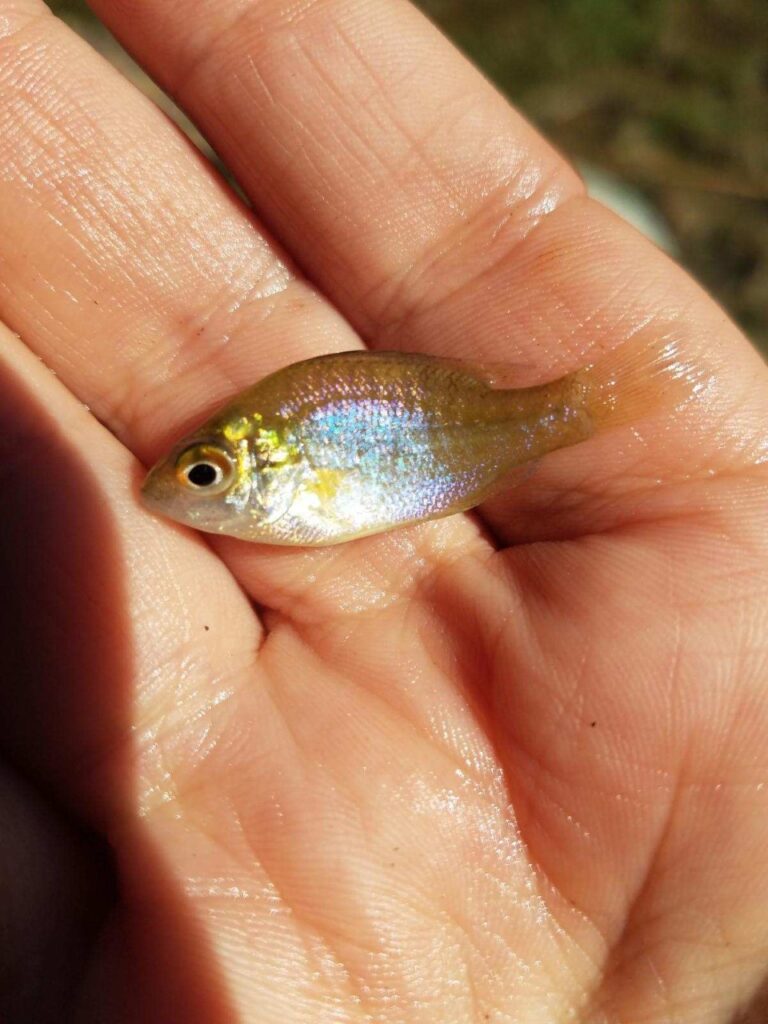
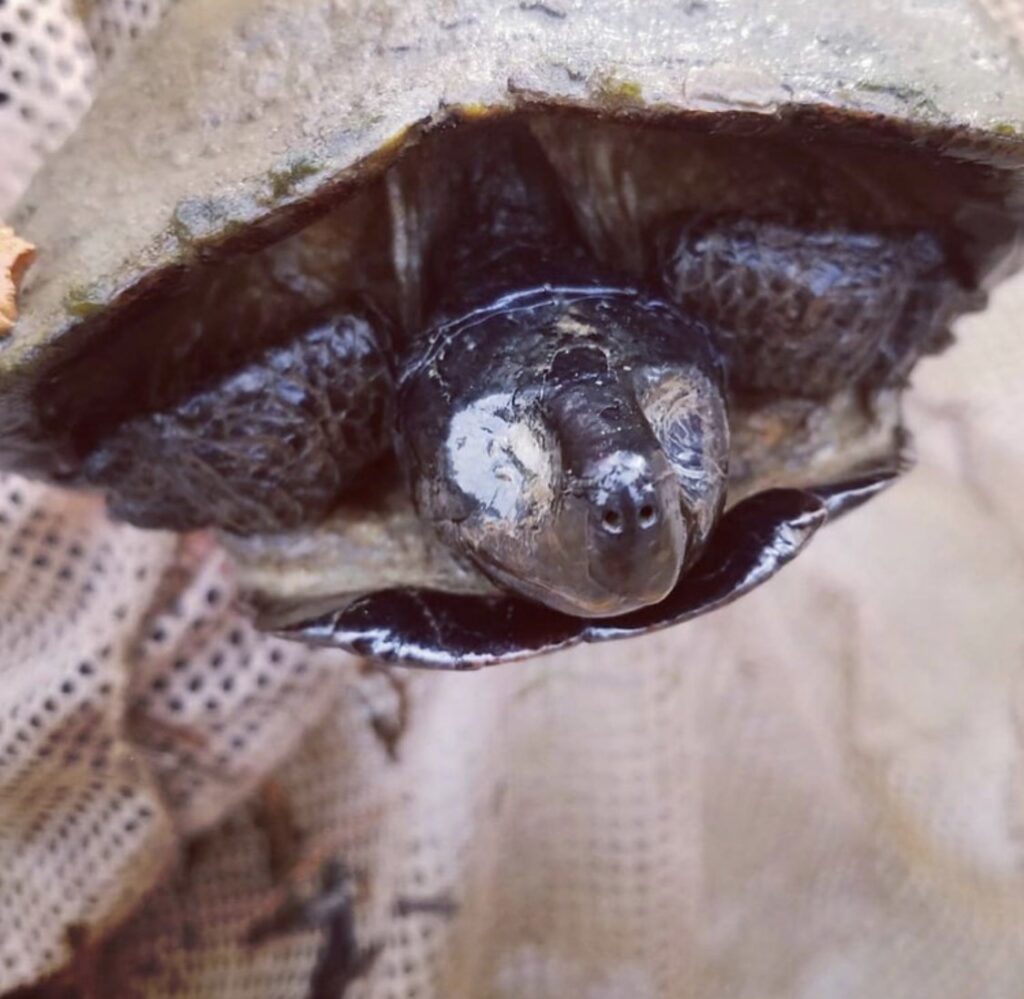
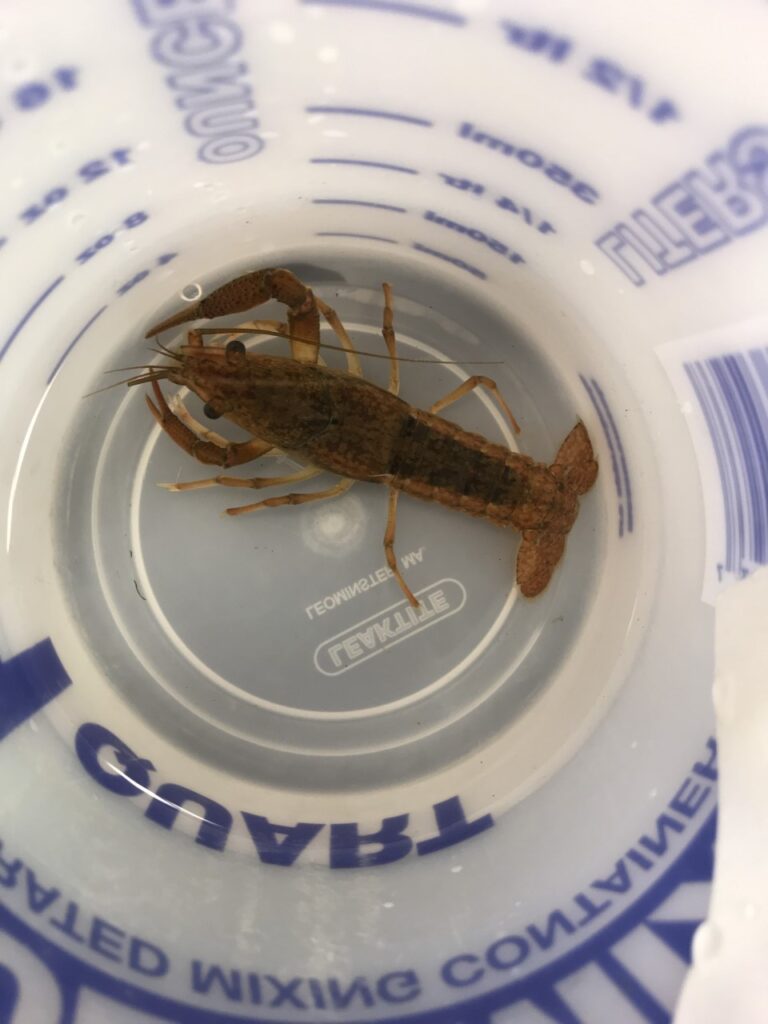
Summer Fisheries Technician at South Dakota’s Game, Fish and Parks
During the summer of 2019, I stayed and worked at SD’s GFP, specifically in the Pierre fisheries office. With this internship, I was able to gain experience in a non-academia environment and see how state/federal management worked. I learned from and worked alongside resource and fishery biologists to survey Lakes Oahe and Sharpe in SD as well as interact with the public.
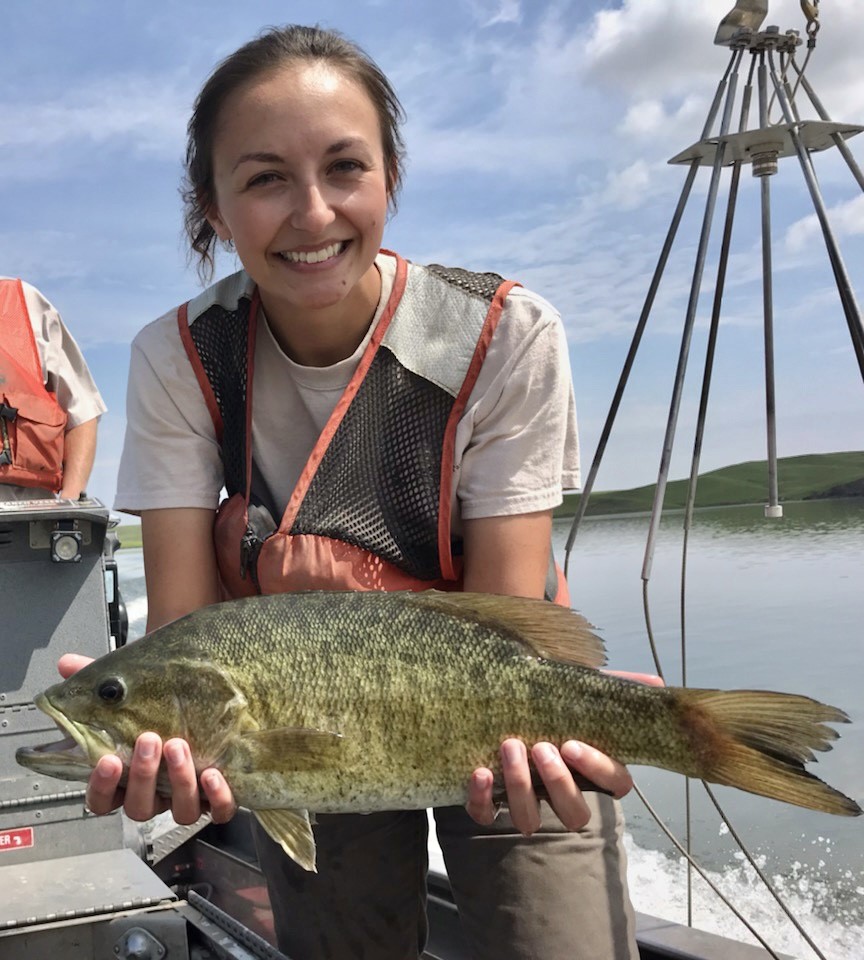
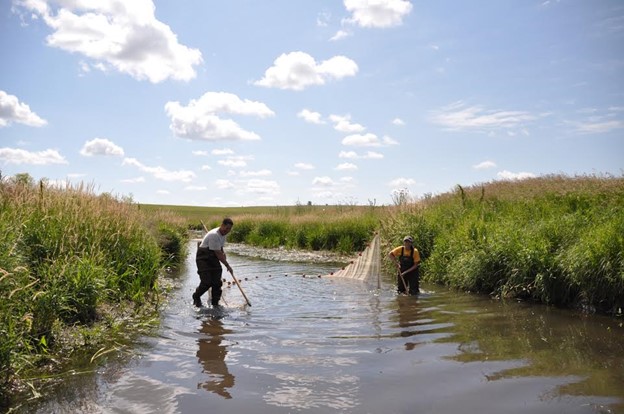
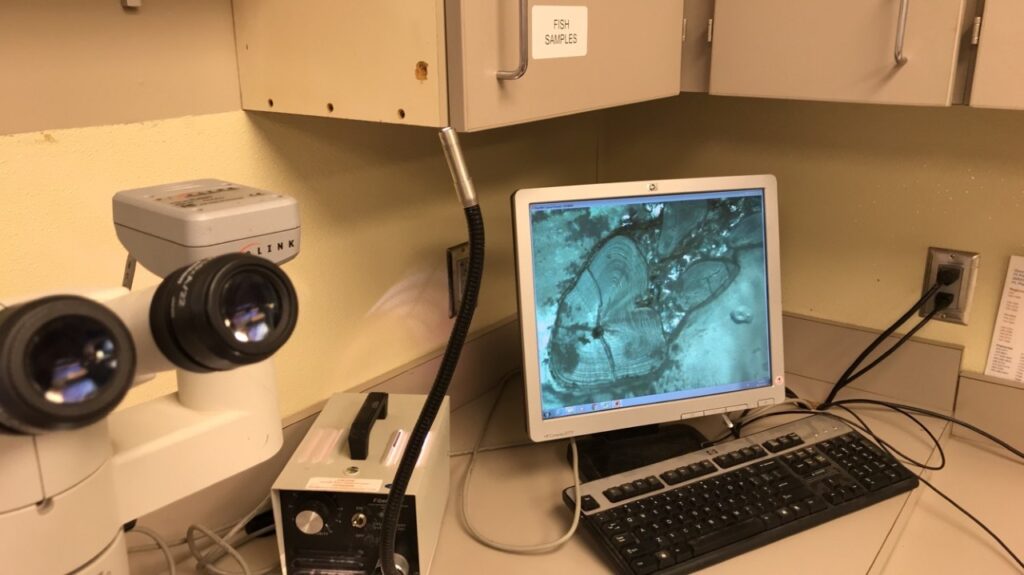
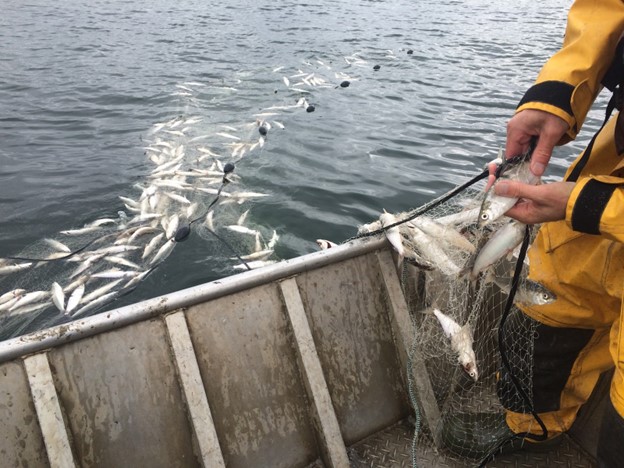
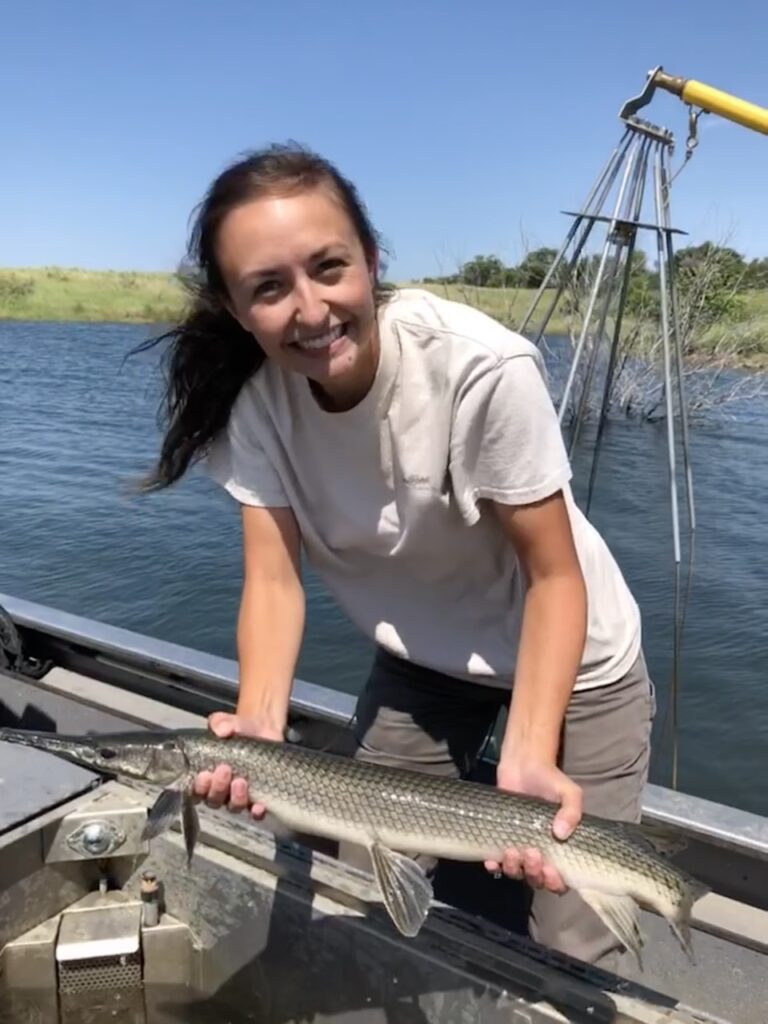
I worked chiefly with game fish like bass, sunfish, pike, walleye, and catfish. I learned how to perform gastric lavages on fish, trapping and transferring fish between bodies of water, conduct angler use surveys, teach people how to check boats and equipment for aquatic invasive species, sampling for veliger and zooplankton, seining, tagging fish with jaw and dangler tags, and aging fish based on fin spines. I also performed large-scale surveying techniques like gill netting and boat electroshocking. In addition to scientific and management work, I learned more practical skills like boat and vehicle maintenance, boat driving, and trailer backing.